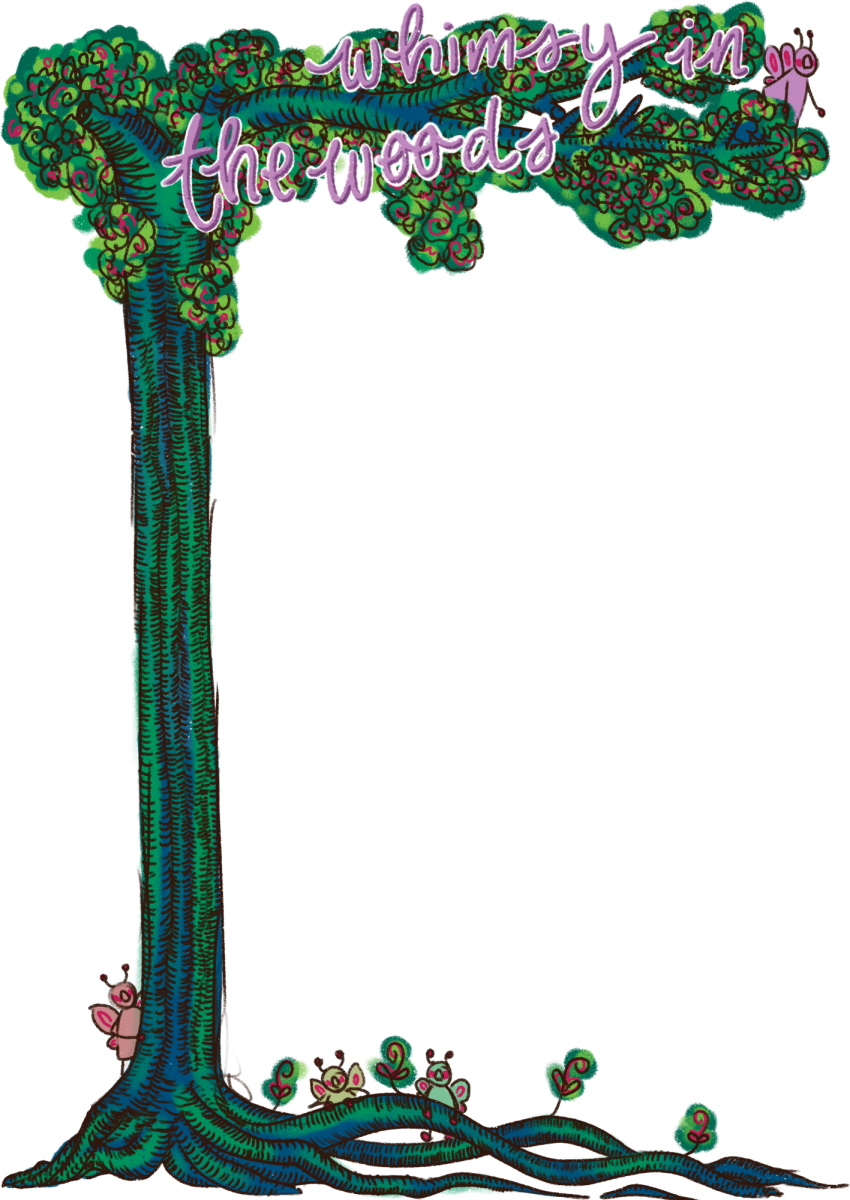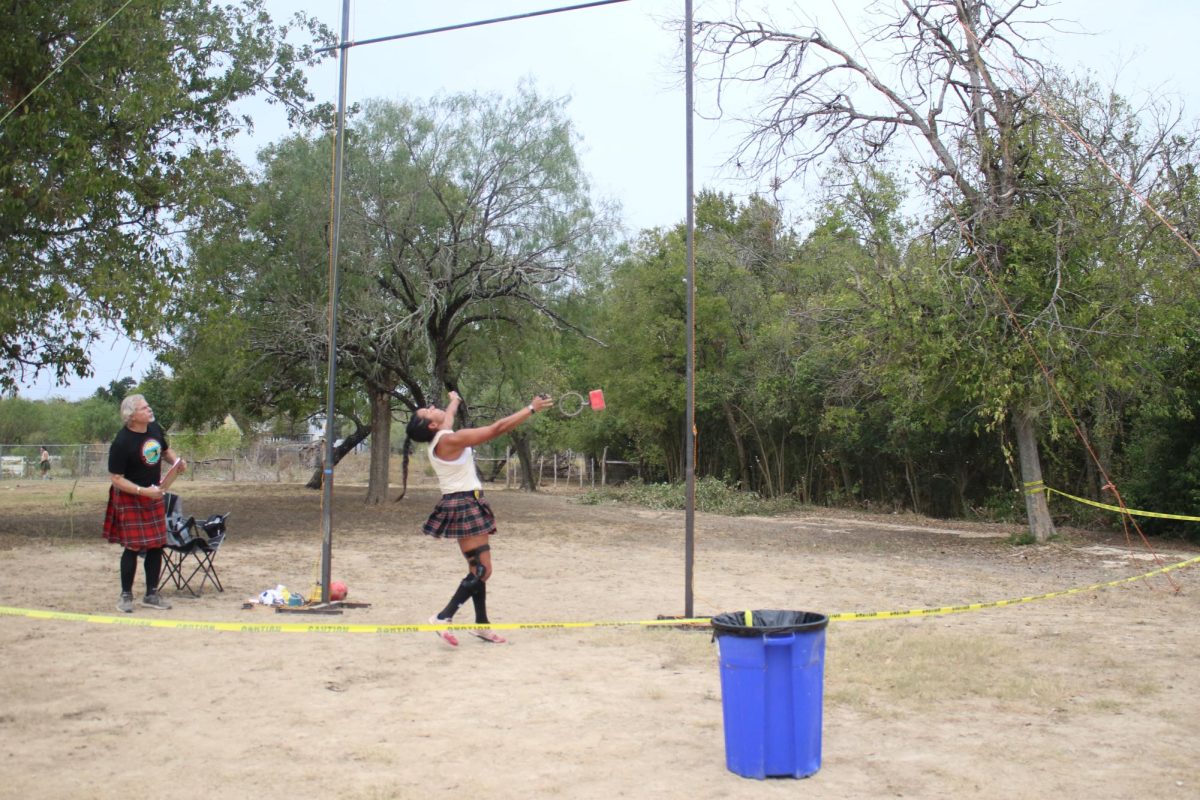The magical forest where the mischief of Shakespeare’s “A Midsummer Night’s Dream” takes place was brought to life this past October in the LASA theater. Donkeys, meddling fairies, and helpless head-over-heels mortals alike were embodied by LASA actors as the chaos and confusion of the story unfolded.
The Alley Cat Players, LASA’s theater troupe, typically perform one play and one musical a year, however, this year they are performing two plays as well as a musical. “A Midsummer Night’s Dream” was their first production of this school year and the first play. The play was performed four times over the course of two weeks: Oct. 19-20 and Oct. 27-28.
Jason Escandell is the director of the Alley Cat Players and directed the production “A Midsummer Night’s Dream”. Formerly solely a LASA English teacher, Escandell took on the responsibility of the theater department last year and has been directing productions ever since.
“I began coming up with the concept of this production and designing sets near the end of the last school year, and announced it as the fall play in May,” Escandell said. “I worked on planning, logistics, and script edits over the summer so that we would be ready to begin full-scale production right at the beginning of the school year.”
The process of choosing roles for the play wasn’t easy, according to Escandell. It took many weeks to decide who was going to get which part. For actress Astrid Gothard, a junior who played the role of Hermia, one of the head-over-heels mortals, the auditions were not a long and grueling process, but rather a fun and memorable time.
“Auditions began in early September and we had our shows in late October,” Gothard said. “Seems like a lot of time, but it went so incredibly fast it feels as though we just started, and now it’s over.”
Throughout the process of the show, there were certain events that the crew couldn’t prepare themselves for. According to junior Simon Auby, who worked on props and makeup, this led to many obstacles that the cast had to face.
“Two of our main actors contracted COVID the day before opening night,” Auby said. “Because I didn’t have an acting role in this show but still act in other shows, I was asked to learn the role of Theseus in the 24 hours before the show. It was incredibly difficult, as Theseus has the second most lines in the show, but it was worth it when the show was able to go on without a hitch.”
The crew not only faced difficulties with actors getting COVID-19, but they also encountered many difficulties with the theater building. Many of the props and costumes were damaged or destroyed due to complications with the roof.
“During one night of the show, it began to rain, and our theater roof is not equipped to handle rain,” Auby said. “At one point it literally appeared to be raining inside the theater, torrents and torrents of water … we had to hang tarps over our equipment and protect the set pieces.”
Besides the set pieces getting soaked in water, there were also problems with the sewage system in the backstage area. The whole backstage area was covered with sewage and the actors were forced to stand on top of it, according to the backstage crew members, also known as A2s.
“There was also a rather unfortunate problem with the draining system, wherein literal sewage was on the floor backstage,” Auby said. “The A2s were quickly able to mobilize and prevent people from encountering the sewage, but we lost some set pieces we were storing backstage for future productions.”
According to all of the actors and backstage crew, the donkey was the hardest prop to make. Auby said all the work was worth it, however, as it was the most important prop.
“The donkey head is the most iconic image from the show, and it may very well be the most iconic prop in all of Shakespeare’s plays, so there was a lot riding on it looking good,” Auby said. “My fellow company members are very thankful I finished it. If I hadn’t, we would have been forced to use a cheap burlap donkey head Mr. Escandell had bought to help Riley Wayt (the actor playing Bottom) get accustomed to lowered visibility before I finished the real one. It’s difficult to overstate how time-consuming each of these steps were, and I believe the full process took at least 15 hours.”
Even with all of the issues with the facilities and COVID-19, the Alley Cat Players made a show they all took pride in, according to Escandell. Gothard and Auby said the outcome of the play was amazing and that they learned new skills and gained new experiences.
“I don’t think I will ever be able to express how much I enjoyed participating in ‘A Midsummer Night’s Dream’,” Gothard said. “Sometimes circumstances were difficult, but overall everything and everyone was incredible.”







